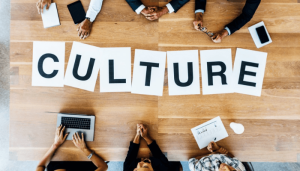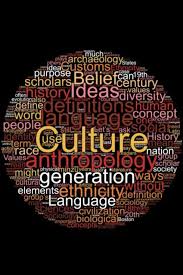“Exploring the Rich Tapestry of Culture: Understanding Diversity, Tradition, and Innovation”

Abstract: This article delves into the multifaceted nature of culture, examining its diverse expressions, enduring traditions, and dynamic evolution. Through an exploration of cultural practices, beliefs, and identities across different societies and historical periods, it seeks to illuminate the rich tapestry of human experience and foster appreciation for the complexities of cultural heritage.
Introduction: The introduction sets the stage by defining culture as a complex system of shared beliefs, values, customs, and behaviors that shape the identity and worldview of individuals and communities. It emphasizes the dynamic and fluid nature of culture, which is constantly evolving in response to changing social, economic, and political dynamics.
- Cultural Diversity:
- This section celebrates the rich diversity of cultures around the world, highlighting the multitude of languages, religions, traditions, and lifestyles that contribute to the mosaic of human experience. It explores the concept of cultural relativism and challenges ethnocentric perspectives, advocating for greater appreciation and respect for cultural differences.
- Tradition and Heritage:
- Building upon the foundation of cultural diversity, this section examines the role of tradition and heritage in shaping cultural identity and continuity. It explores how rituals, festivals, folklore, and oral traditions serve as repositories of collective memory and symbols of cultural resilience, connecting past, present, and future generations.
- Cultural Exchange and Globalization:
- In the context of an increasingly interconnected world, this section explores the dynamics of cultural exchange and globalization. It examines how migration, trade, media, and technology have facilitated the spread of ideas, values, and practices across geographical and cultural boundaries, leading to both cultural homogenization and hybridization.
- Culture and Creativity:
- Focusing on the intersection of culture and creativity, this section explores the ways in which artistic expression, literature, music, dance, and cuisine reflect and shape cultural identity. It examines how artists, writers, and performers draw inspiration from their cultural heritage while also challenging conventions and pushing boundaries through innovation and experimentation.
- Cultural Preservation and Revitalization:
- Acknowledging the threats posed by globalization, urbanization, and environmental degradation to traditional cultures and indigenous knowledge systems, this section discusses efforts to preserve and revitalize cultural heritage. It highlights initiatives aimed at safeguarding intangible cultural heritage, promoting cultural tourism, and empowering communities to reclaim and celebrate their cultural identities.
Conclusion: The conclusion reflects on the enduring significance of culture as a source of meaning, belonging, and resilience in an ever-changing world. It emphasizes the importance of fostering intercultural dialogue, promoting cultural exchange, and preserving cultural diversity as essential pillars of a more inclusive and harmonious global society.
By celebrating the diversity, tradition, and innovation inherent in human culture, this article aims to deepen understanding and appreciation for the rich tapestry of human experience.

